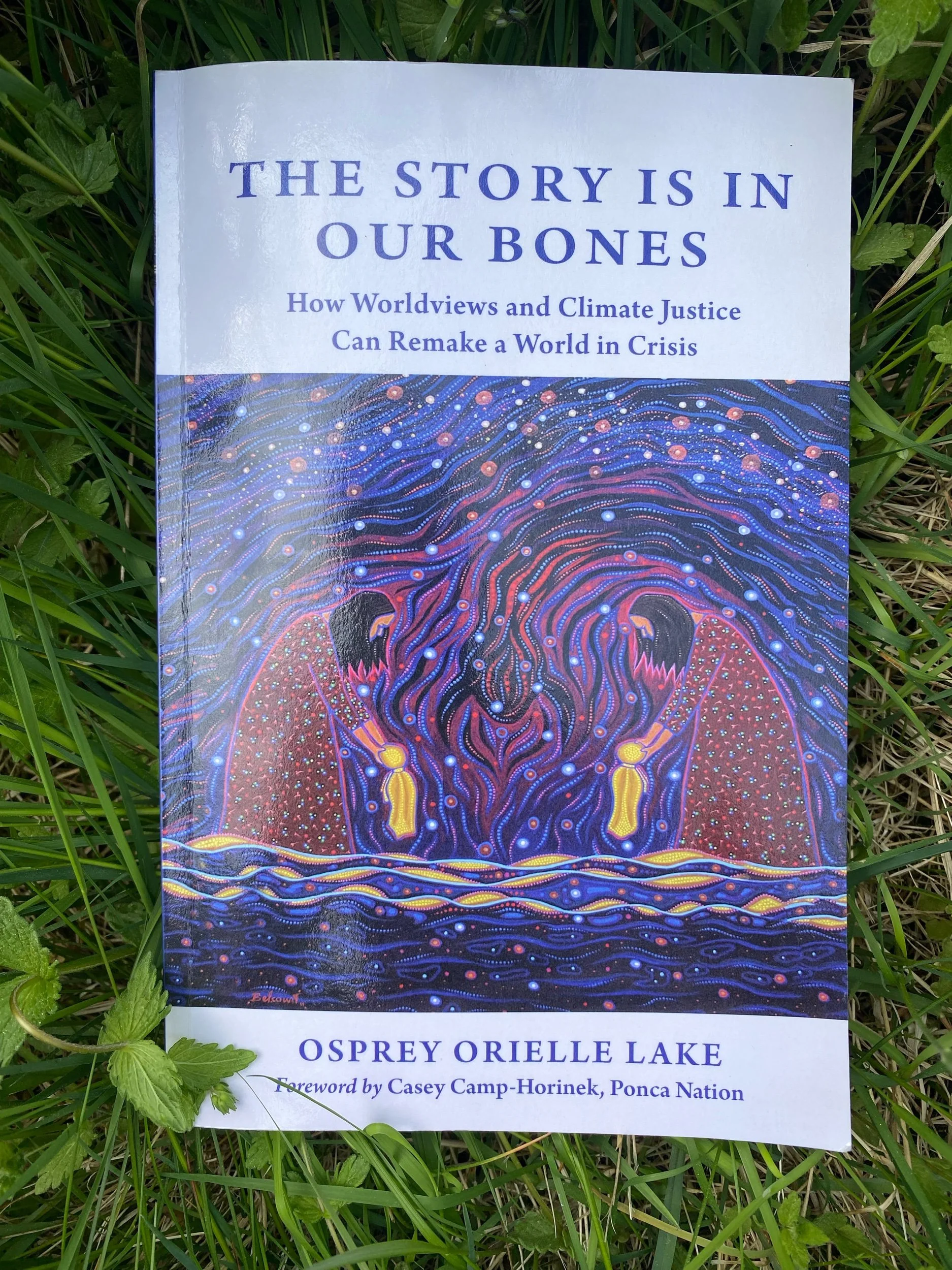I have been so incredibly fortunate this week that I got to know and become friends with a group of strong indigenous women , coming to Norway to tell us about the fight for clean drinking water at Standing Rock, North Dakota, US.
The delegation has been here this entire week, and told their story to a live audience twice, in addition to the news station NRK, on the radio, in the newspapers, to politicians and most importantly to the Ethical Council, who are the ones that advices the Oil Fund where to put their money. The delegation also had a meeting with DNB, the last Norwegian bank to withdraw from the project. This happened the day after the delegation came here. A coincident? I think not.
All the Norwegian banks are now out, but the Norwegian Oilfund is still invested with 6,7 billion NOK in the project. This is a substantial amount of money, and the withdrawal of these would create waves to other banks and funds financing the project. With the current administration in US, the hope relies heavily on European banks.
The testimonials I have heard this week is just gruesome. I followed the fight against the Dakota Access Pipeline (DAPL) at the end of last year, and was one of the more than a million supporters who checked in on Facebook to show that my location was also at Standing Rock, as police was using Facebook sign ins as a way to see who was there, in order to arrest people. It is one thing to read about these atrocities towards humanity in the news. It is a complete different story to have that same living breathing person telling you about how their sacred places were intentionally destroyed, how they were jailed and treated in the most inhumane ways, how the police officers abused their power in the worst ways - all because a group of strong people are standing up for the right to clean drinking water.
The status quo on the 1,172 mile pipeline is that there is currently oil in the pipeline. This isn't only going to affect the indigenous communities, it is going to affect everyone who gets their drinking water from the river it is crossing (see illustration below) This goes for the local police officers arresting the Water protectors, as well as the indigenous.






